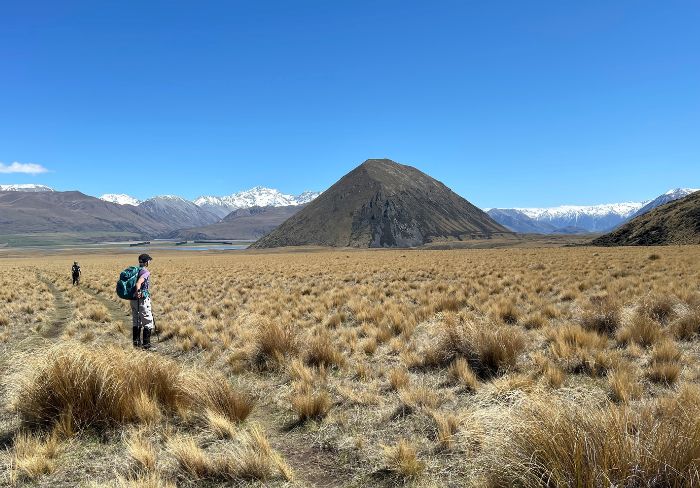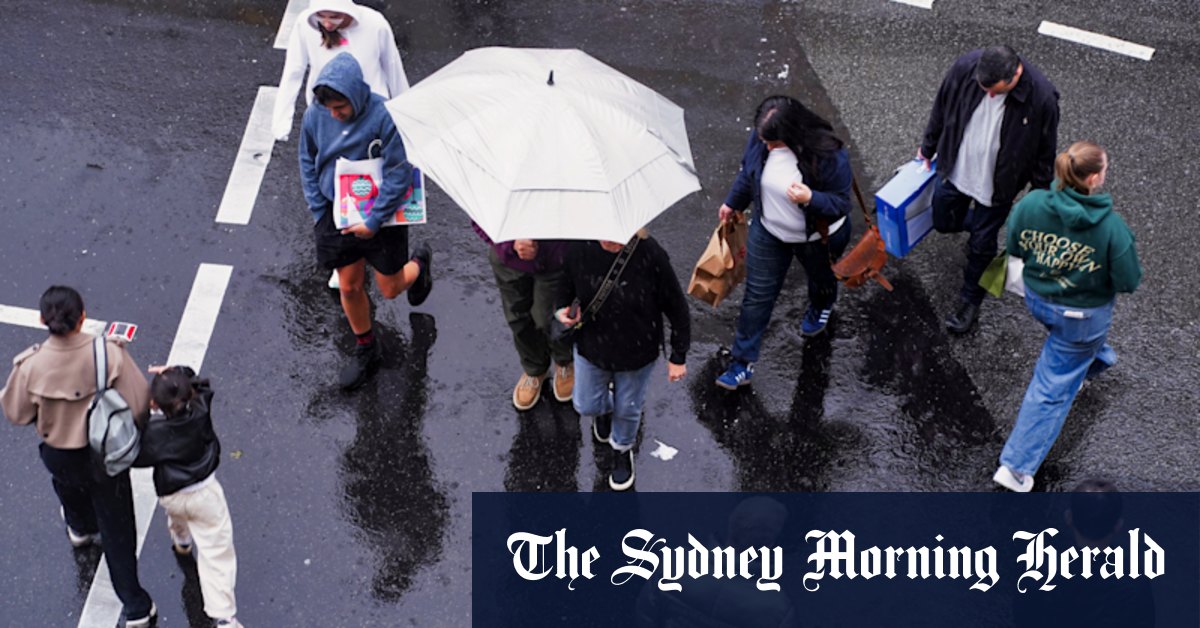Getting more boots on the ground could be worth around $3 million annually for the Ashburton District.
An economic analysis report revealed the potential for a significant financial boost for Mid Canterbury from the Te Araroa Trail, particularly benefiting the Methven area.
The report suggests that elevating the trail’s profile could increase its economic impact, making it a valuable asset for local tourism and the wider community.
Te Araroa is New Zealand’s long-distance tramping route, stretching around 3,000 kilometres from Cape Reinga to Bluff.
In Mid Canterbury the Te Araroa trail crosses the district between Rakaia and Rangitata Rivers, creating a natural barrier that requires people to detour using roads to reconnect to the trail at either end of the district.
The result is trail walkers are forced out of the foothills to cross the rivers by road, presenting an opportunity for Mid Canterbury, specifically Methven, to capture the walkers looking to resupply or rest for a night.
The $22,000 report, co-funded evenly by the Ashburton District Council and the Te Araroa Trust, found that the existing 4000 Te Araroa hikers in the 2022/23 season spent $515,400 a year in Methven.
It’s estimated making improvements to the trail and increased marketing could bring in around $3 million annually to the district.
The Te Araroa Trust was interested in making the isolated Rakaia to Rangitata section more accessible for trail walkers and also cater to people not interested in or able to walk the full route.
The Trust came up with the concept of a Te Araroa Iti (small piece), which if developed could increase the value to the local economy.
The Te Araroa Trust will need to invest in infrastructure along the track including huts, toilets and track maintenance to help improve the appeal of the bite-size walk.
Economic development manager Simon Worthington said the council has “leaned in to help the Trust understand the opportunity”.
Now it’s up to the council to “walk alongside them, helping them to engage with local groups… but not for us as council to put any investment into that”.
If the Trust decides to proceed with developing the smaller trail, there is an opportunity for the council to support that through better promotion he said.
The Trust was contacted for comment.
By Jonathan Leask





